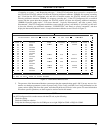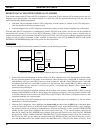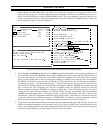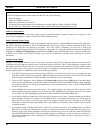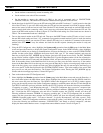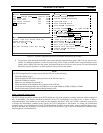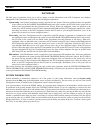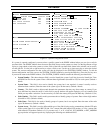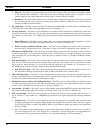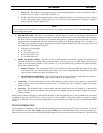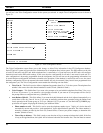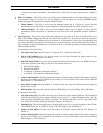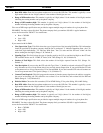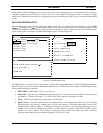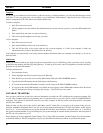
DATABASE LBI-39077
43
Figure 32 - System Configuration Screen
If a system is currently configured, you must select a specific system in the INDEX window before you can view or edit its
user data fields. The INDEX window shows four user data fields for up to nine systems at a time. Use the Page Down or Page
Up key to jump ahead or back nine systems at a time. Each of the four user data fields shown in the window can be used to
sort the data file. Use the left or right arrow key to select a field to sort. Use the up or down arrow key to select the desired
system. The current configuration for that system will then be displayed in the SYSTEM_CONFIG window. To edit the
current configuration, move the cursor to the SYSTEM_CONFIG window by pressing the Enter key. (Press the Esc key once
if you need to return to the INDEX window.) The SYSTEM_CONFIG window contains the following user data fields:
• System Number - This three-character field is used to identify the system. It will also be used to identify the Telco
and DID User files for the system. Enter a different three-digit number (from 001 to 255) for each system. (Default =
blank)
• System Name - This field is also used to identify the system, but is not required. (A name is usually easier to
remember than a number.) Enter the name of the system (up to 20 characters). (Default = blank)
• Country - This field is used to adjust certain internal telco parameters that may vary from country to country. If you
press the Enter key when the cursor is in this field, a pop-up window will appear displaying a list of countries from
which you may make a selection. Use the arrow keys to select the country, then press the Enter key. (Default = USA)
• Node Number - This field is used in multi-system networks to identify groups of systems. Enter a three-digit number
(from 001 to 255). (Default = blank)
• Node Name - This field is also used to identify groups of systems, but is not required. Enter the name of the node
(up to 20 characters). (Default = blank)
• System Access - This field is used to define which type of data link is being used to communicate with the GTI units
in the system. Enter L for a local RS-232 link, I for a remote link with internal GTI modem, or X for a remote link
with external GTI modem. (Default = L) If you enter an L, I, or X, a LOCAL, INT_MODEM, or EXT_MODEM
pop-up window will appear respectively, displaying the following two additional fields:



